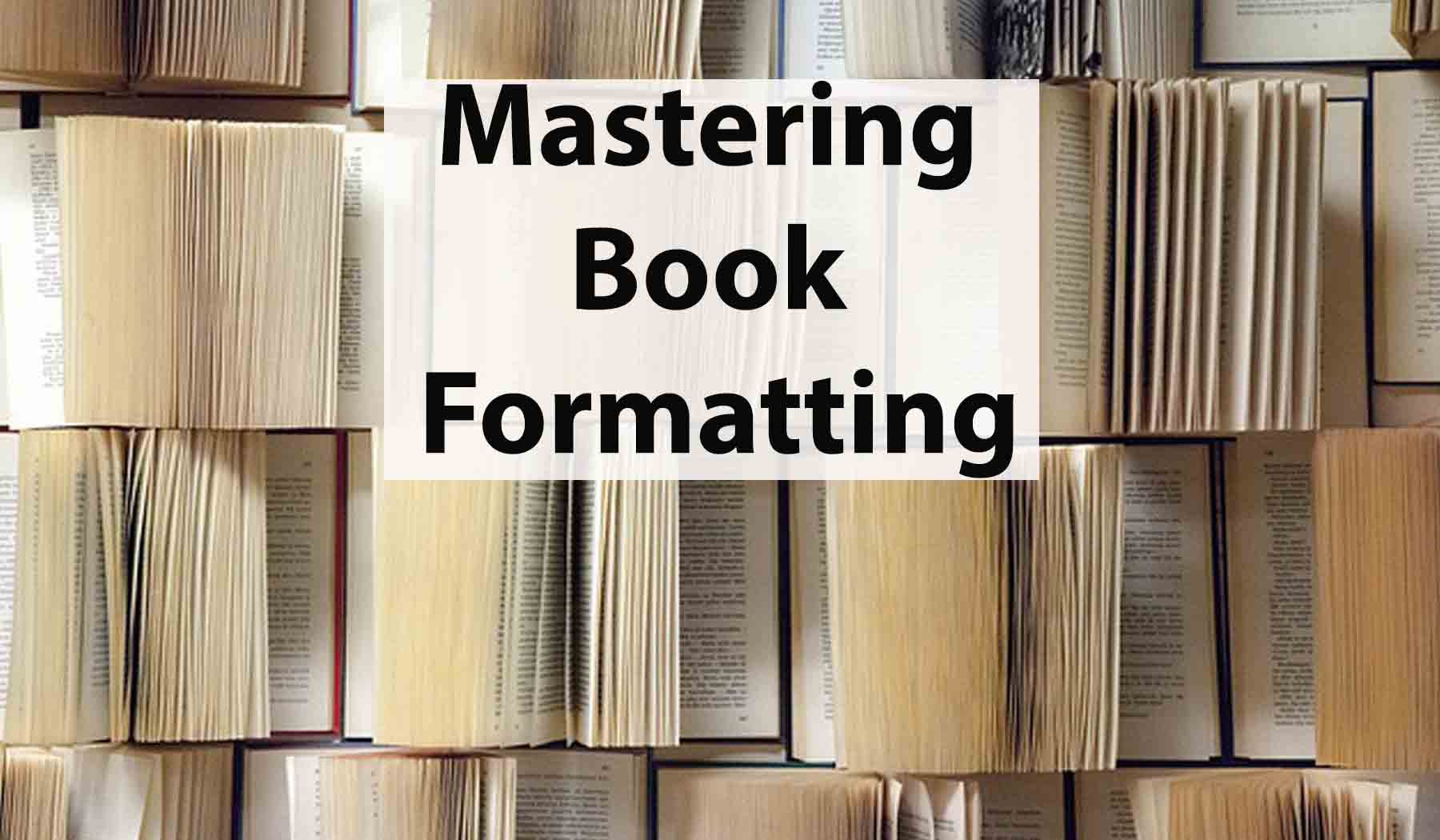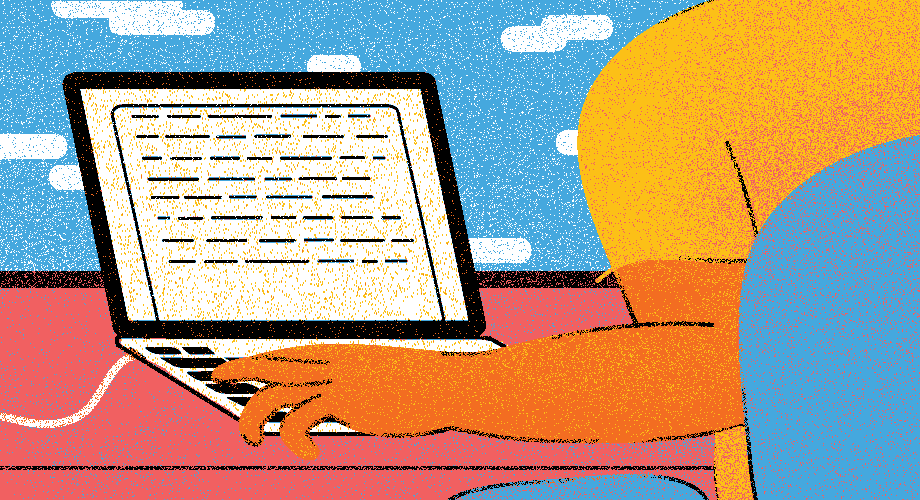When it comes to publishing a book, the importance of formatting cannot be overstated.
A well-formatted book enhances readability, improves the overall aesthetic, and makes a strong impression on readers.
On the other hand, improper formatting can turn off potential readers and hamper the success of your book.
In this blog post, we will discuss seven common mistakes authors make in book formatting and provide valuable tips on how to avoid them.
1. Neglecting Consistency
Mistake: Failing to maintain consistency in formatting throughout the book can create a jarring reading experience.
Inconsistent fonts, heading styles, and line spacing can distract readers and make your book appear unprofessional.
Tip: Establish a style guide before you begin formatting your book.
Decide on font types and sizes, heading styles, paragraph indentation, and line spacing.
Stick to these guidelines consistently across the entire book.
2. Ignoring Margins and Bleed
Mistake: Overlooking margins and bleed areas can lead to content getting cut off during printing or binding.
This can result in important text or images being partially lost, affecting the book’s overall presentation.
Tip: Set appropriate margins and bleed areas for your book, following the guidelines provided by your printer or publishing platform.
Pay special attention to the inner margins to ensure the text remains visible in bound copies.
3. Improper Image Placement
Mistake: Placing images haphazardly within the text can disrupt the flow of the book and cause formatting errors.
Images that are too large or too small can also affect the visual appeal.
Tip: Embed images in the correct resolution and format (JPEG, PNG, etc.) to avoid pixelation.
Place images logically and consider how they relate to the surrounding text. Use captions to provide context and credit the image source, if applicable.
4. Inadequate Paragraph and Line Breaks
Mistake: Long paragraphs without breaks can be overwhelming for readers, making it difficult to follow the content.
On the other hand, too many line breaks can create an erratic reading experience.
Tip: Aim for a balance between paragraphs of a moderate length, ideally consisting of 3-5 sentences.
Utilize line breaks judiciously, primarily for dialogue, quotes, or to highlight important points.
5. Misusing Fonts and Styling
Mistake: Using multiple fonts and excessive styling can make your book look unprofessional and distract from the content.
Fonts that are hard to read can also drive away readers.
Tip: Limit your font choices to two or three complementary fonts—one for headings and another for body text.
Avoid decorative or overly complex fonts. Use bold, italics, and underline sparingly to emphasize important text.
6. Neglecting eBook Formatting
Mistake: Assuming that print formatting translates perfectly to eBook format is a common misconception.
Neglecting eBook formatting can lead to display issues on various devices.
Tip: Before publishing your eBook, test it on different eReaders and devices to ensure it appears correctly.
Pay attention to font size flexibility, image alignment, and text reflow for a seamless reading experience.
7. Disregarding Print Resolution
Mistake: Submitting low-resolution images for print can result in blurry or pixelated graphics, diminishing the quality of your book.
Tip: Always use high-resolution images with a minimum of 300 DPI (dots per inch) for print.
Check image sizes and resolutions before finalizing your book for printing.
Avoiding these Seven Common Book Formatting Mistakes is crucial for Creating a Polished and Professional end product
Consistency, attention to detail, and adherence to industry standards are the keys to success.
By investing time and effort into proper book formatting, you enhance the reader’s experience and increase the chances of your book standing out in the competitive literary world.
So, apply these tips, make your book visually appealing, and leave a lasting impression on your readers!







